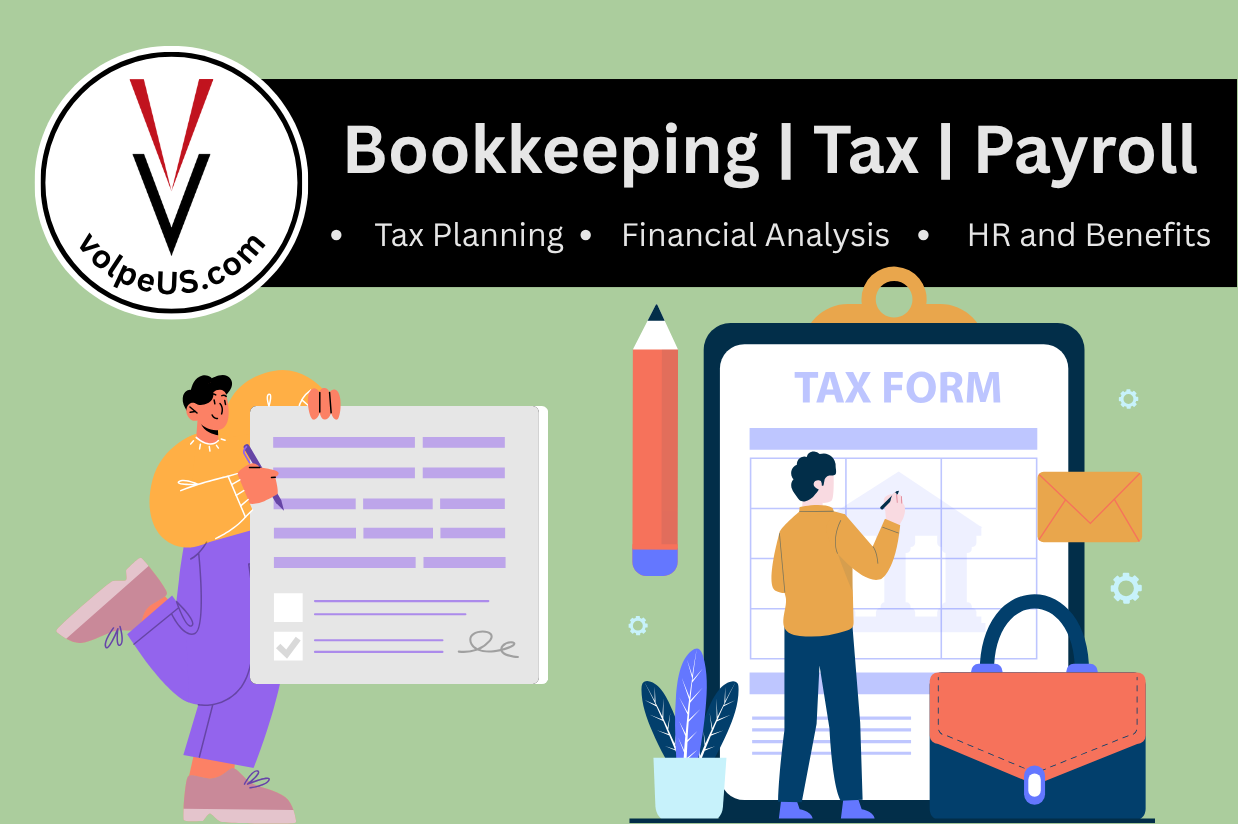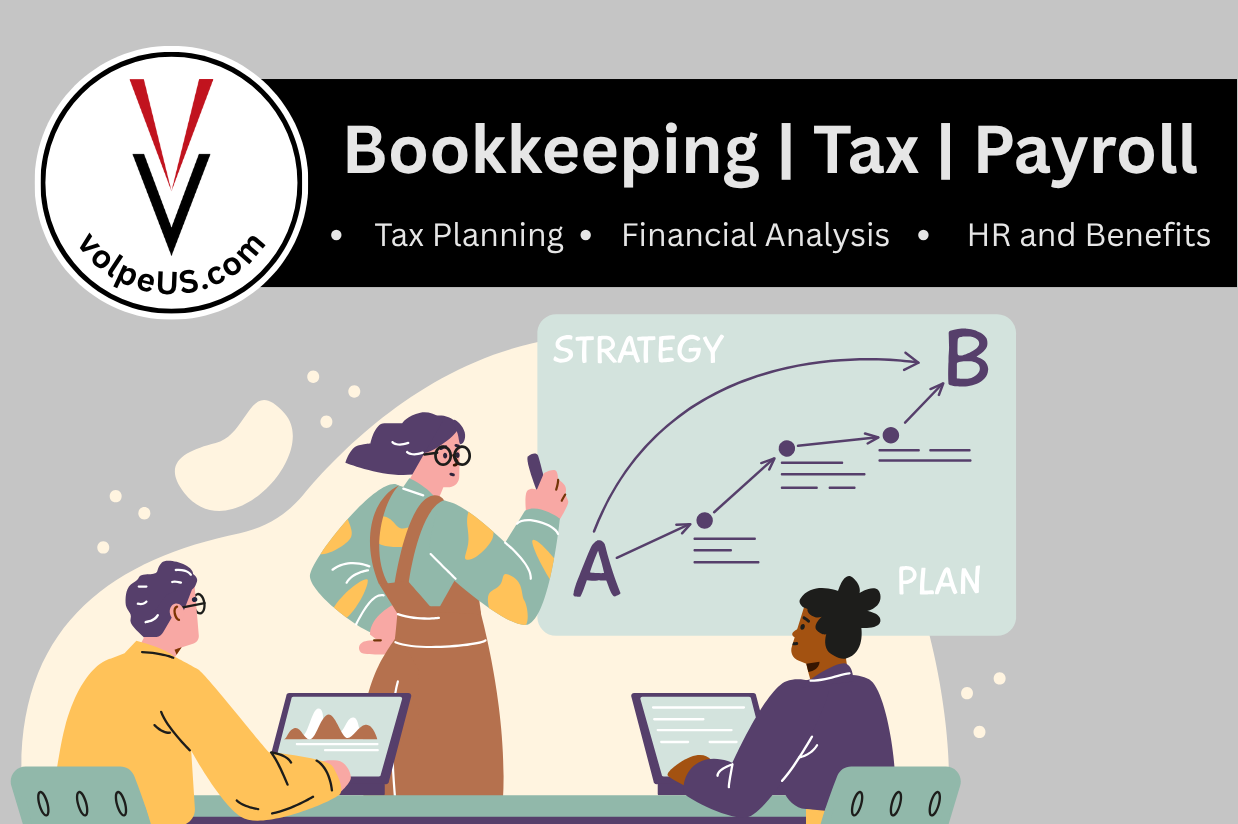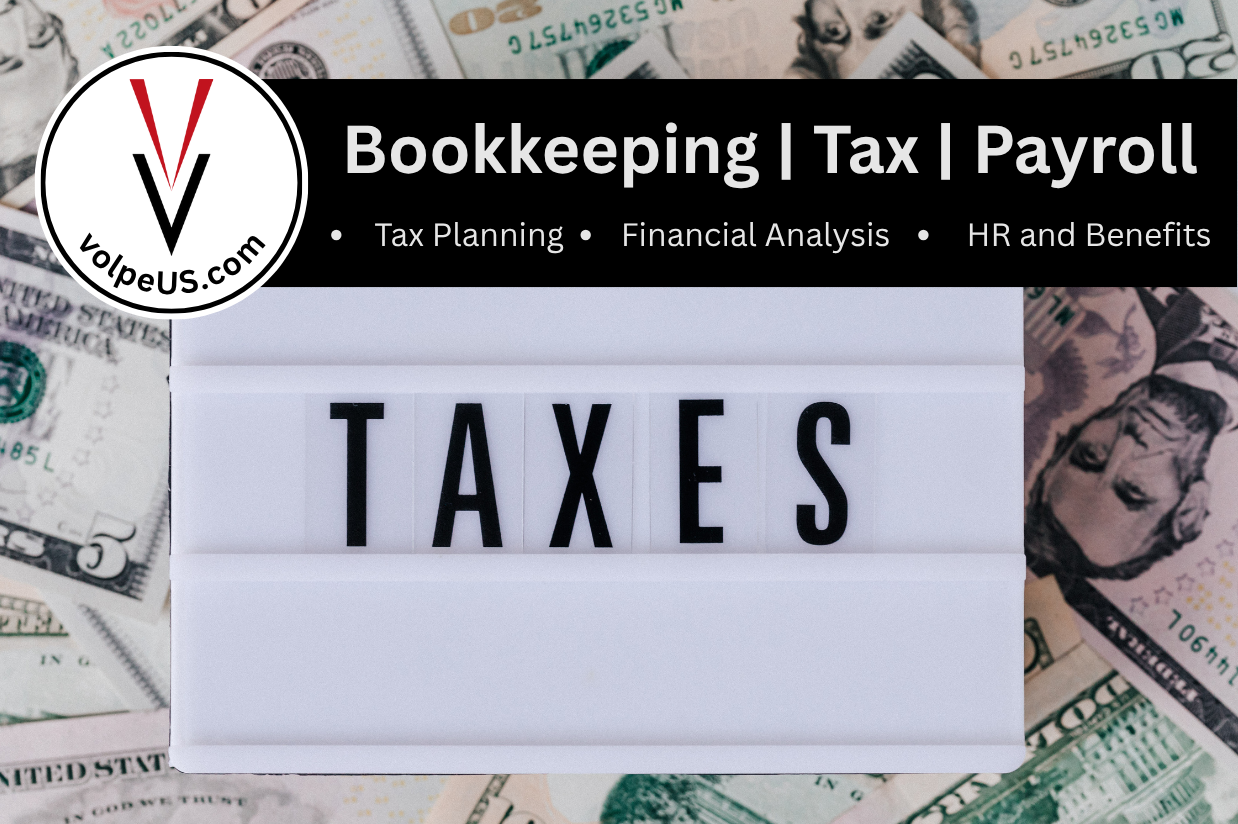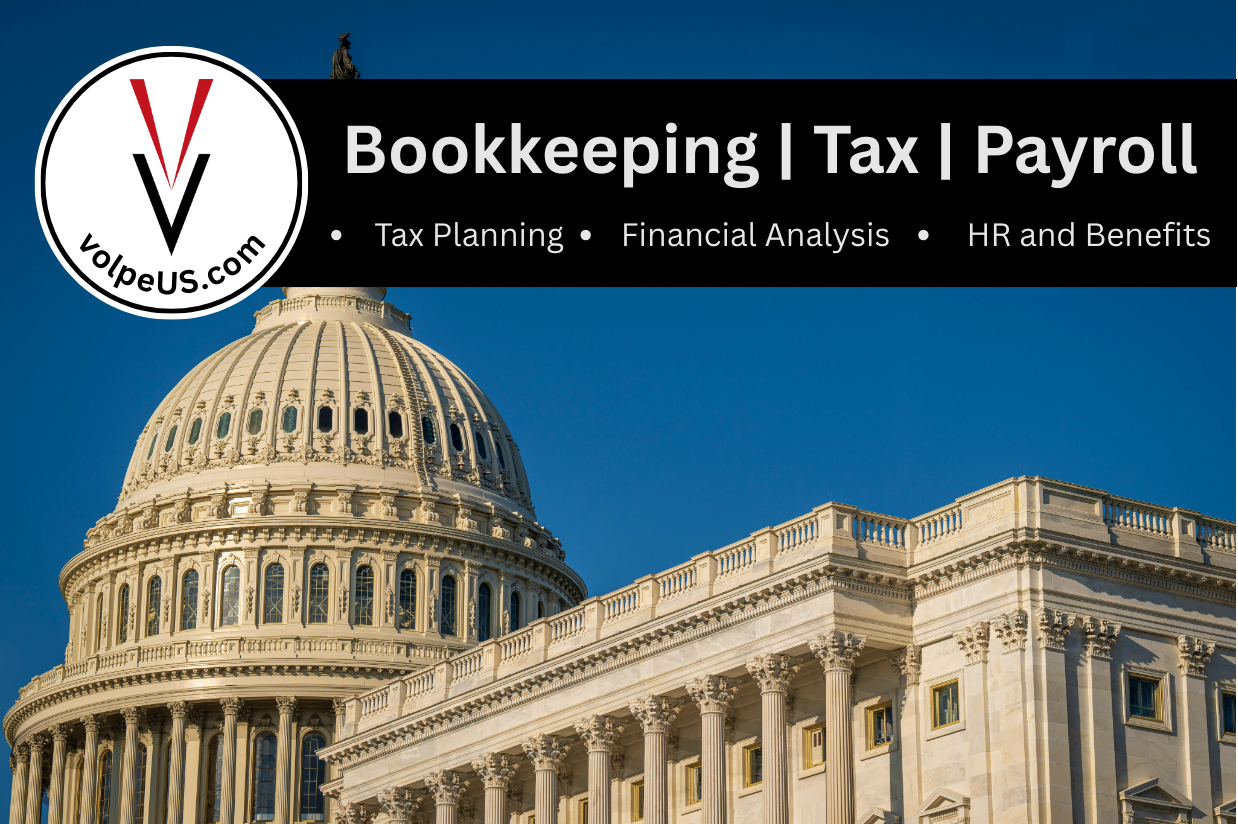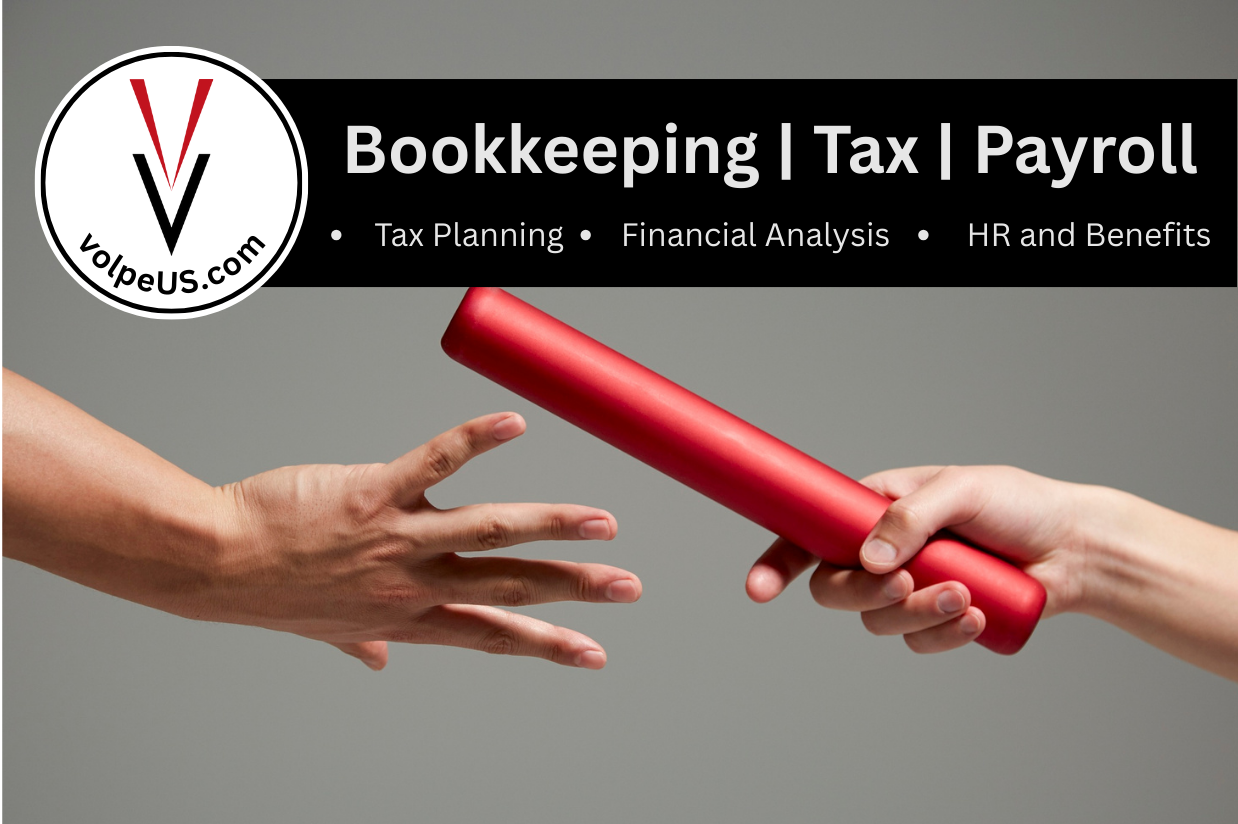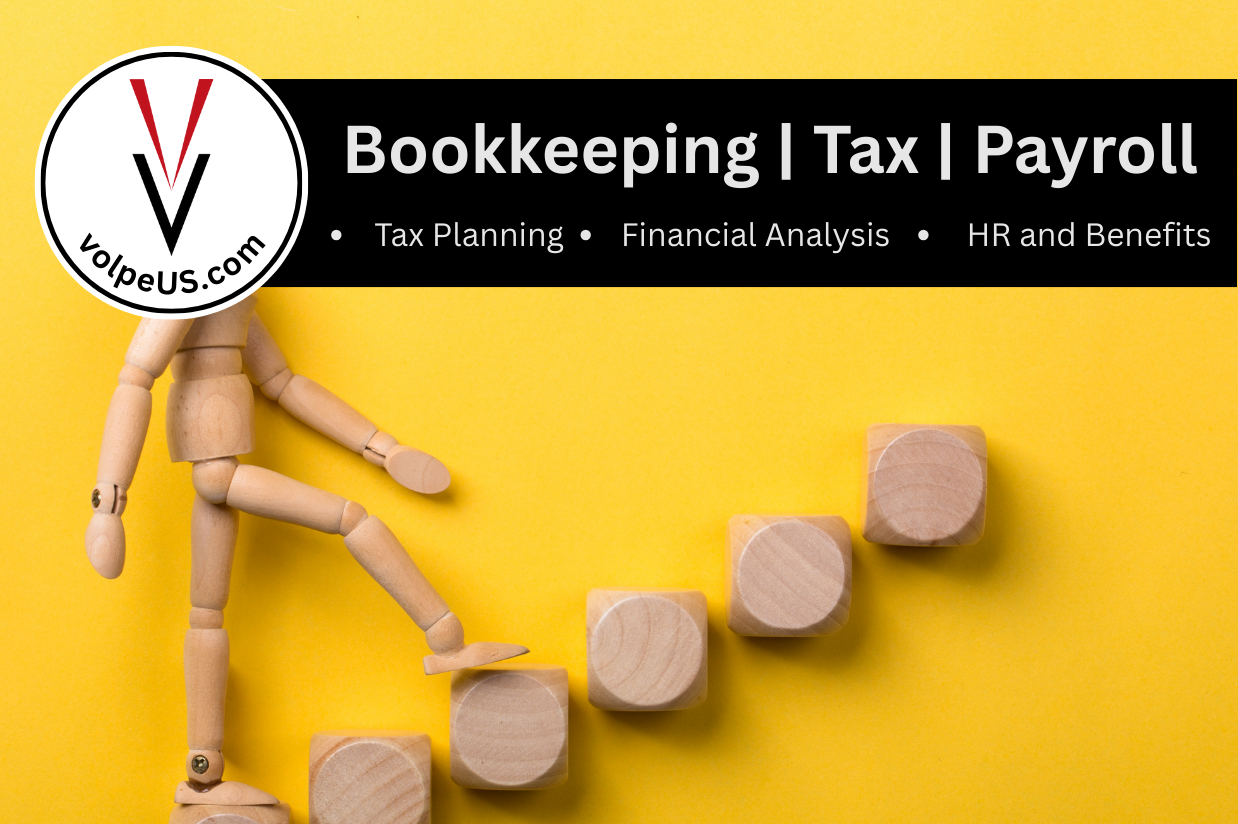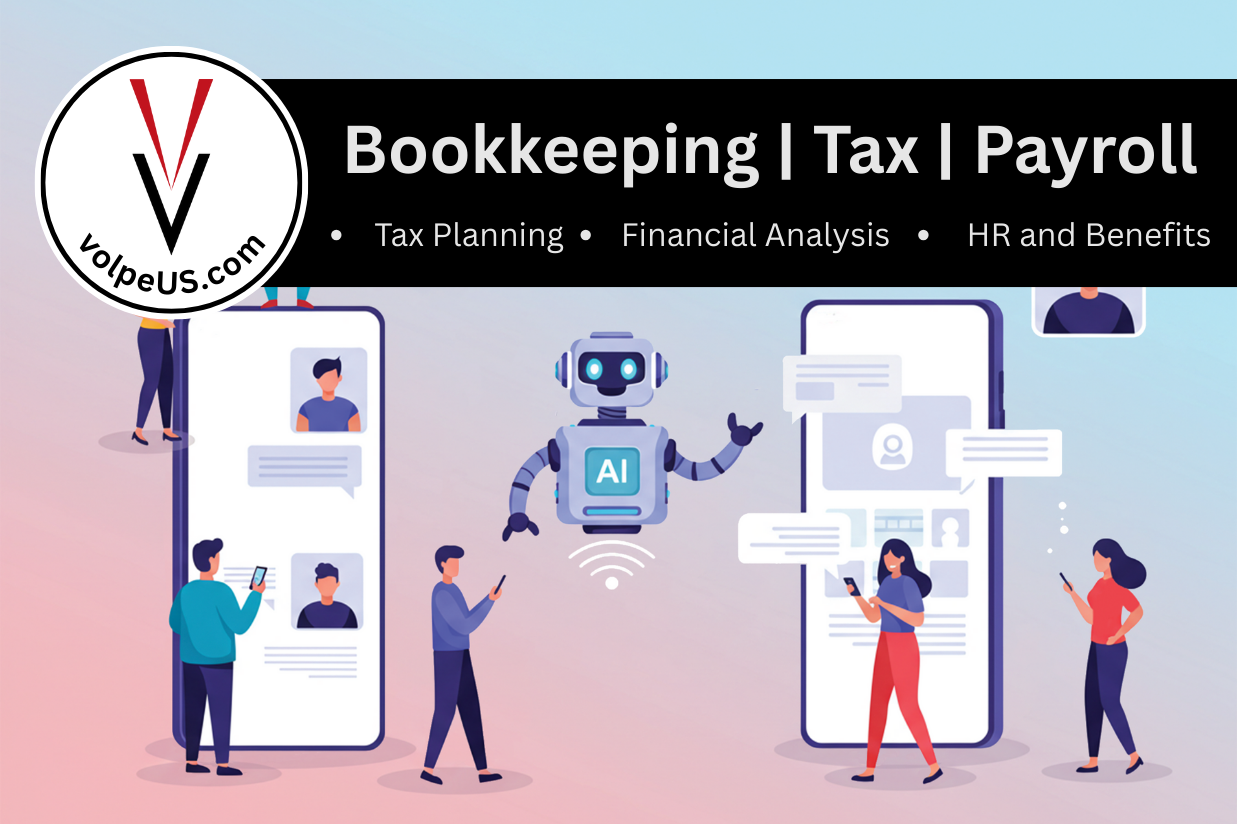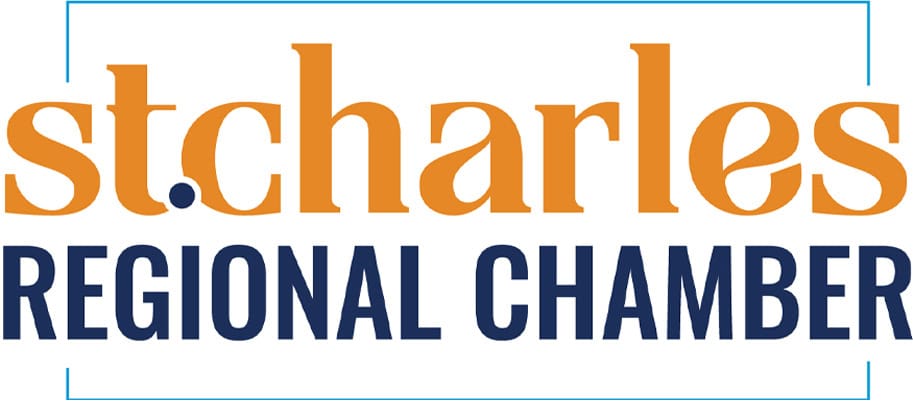Jump to a Specific Section
Creating a budget can be challenging, especially when allocating funds to intangible aspects of your business. Marketing is one of those underutilized tools that can significantly impact your bottom line by raising brand awareness and guiding prospective clients to your product.
Why Market?
Marketing can transform your business into the cash cow you’ve always dreamed of. Through marketing, you can increase brand awareness, change brand perception, inform potential clients about new products or services, or simply keep your brand at the forefront of your customers’ minds.
Where to Market
Deciding where to allocate your marketing resources can be daunting due to the vast number of advertising options available. In the past, traditional media such as radio, TV, or bus advertisements were common choices. Nowadays, digital marketing offers numerous avenues, including re-targeted ads that show specific products the consumer has previously viewed. You can also partner with influencers to review your product or create content yourself and post it on social media platforms like TikTok or YouTube.
With so many options, which one should you choose? It largely depends on the type of business you are running.

The most effective ads are those that stick in consumers’ minds for years or even change the way a population consumes. Some of the greats use catchy taglines, such as De Beers’ “A diamond is forever.” A successful marketing campaign doesn’t have to be a quick and witty tagline; you could offer something unique to the customer that evokes nostalgia. A prime example is Spotify’s “Wrapped Playlist,” which allows users to reminisce about the songs they’ve listened to, playing on their sentimentality. Some brands sell a lifestyle rather than their product directly, with Red Bull being a prime example through their larger-than-life stunts, from crazy snowboarding tricks to Felix Baumgartner’s space jump.
While these brands have millions of dollars to spend on advertising, you don’t necessarily need that much. Many brands gain recognition through social media content, which can cost considerably less than traditional outlets if you are creative and have a unique idea for your brand. Creating a YouTube channel or TikTok account is free. Costs do rise, however, if you hire people to manage the account or work with freelancers specializing in brand coordination and development. To expand, we put a little more detail on the modern avenues – A bit on the traditional side, as well:
- Digital Marketing Channels
- Digital marketing channels offer cost-effective ways to reach a broad audience. Social media platforms like Facebook, Instagram, and Twitter allow businesses to engage with their target audience directly. For example, a fashion brand can use Instagram to showcase its latest collection and interact with followers through comments and direct messages. Search engine optimization (SEO) is another powerful tool that helps businesses improve their online visibility. By optimizing their website content for search engines, businesses can attract organic traffic and increase their chances of converting visitors into customers.
- Influencer Partnerships
- Partnering with influencers can enhance a brand’s credibility and engagement. Influencers have a loyal following and can effectively promote products or services to their audience. For instance, a beauty brand can collaborate with a popular makeup artist on YouTube to review their products and create tutorials. This type of partnership can drive significant traffic to the brand’s website and boost sales.
- Content Creation
- Investing in content creation is essential for building brand awareness and fostering customer loyalty. Businesses can create valuable content, such as blog posts, videos, and infographics, to educate and entertain their audience. For example, a fitness brand can produce workout videos and nutrition tips to help customers achieve their health goals. By consistently providing high-quality content, businesses can establish themselves as industry leaders and attract a loyal customer base.
- Traditional Media
- While digital marketing channels are highly effective, traditional media still holds value for certain types of businesses. Radio, TV, and print advertisements can reach a wide audience and create a lasting impression. For example, a local restaurant can use radio ads to promote special offers and events, attracting customers from the surrounding area. TV commercials can be particularly impactful for large-scale campaigns, as they can convey a brand’s message through visual storytelling.
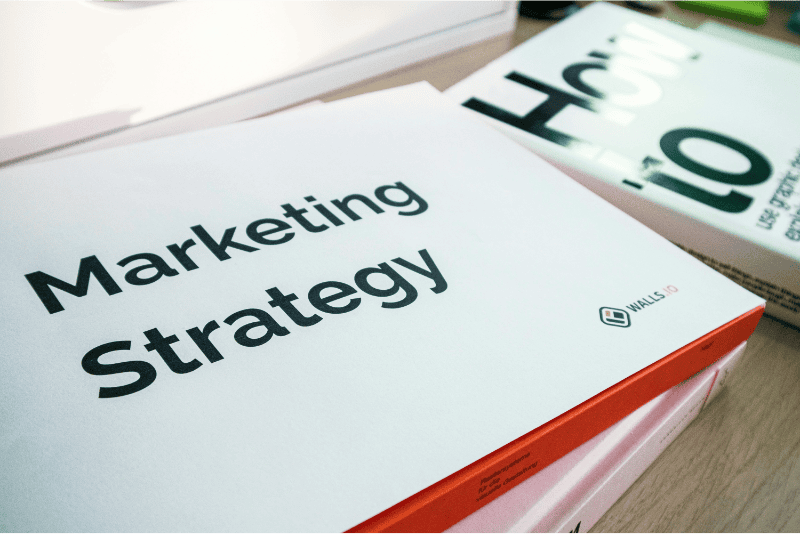
The Importance of Maintaining Marketing Spend
In today’s competitive business landscape, maintaining marketing spend is crucial for driving long-term growth. While it may be tempting to cut marketing budgets during challenging times, doing so can hinder your business’s ability to attract and retain customers. Consistent marketing efforts ensure that your brand remains visible and relevant, ultimately leading to increased sales and market share.
Why Maintain Marketing Spend?
Marketing is an investment in your business’s future. By consistently allocating funds to marketing, you can build brand awareness, foster customer loyalty, and drive revenue growth. Cutting marketing spend may provide short-term savings, but it can have long-term consequences, such as reduced brand visibility and weakened customer relationships.
Where to Allocate Marketing Resources
Deciding where to allocate marketing resources is essential for maximizing the impact of your campaigns. Digital marketing channels, such as social media, search engine optimization (SEO), and email marketing, offer cost-effective ways to reach a broad audience. Additionally, investing in content creation and influencer partnerships (mentioned above) can enhance your brand’s credibility and engagement.
The Benefits of Sustained Marketing Efforts
Sustained marketing efforts can lead to significant business growth. By maintaining a consistent presence in the market, you can attract new customers, retain existing ones, and increase overall sales. Furthermore, continuous marketing allows you to adapt to changing market trends and consumer preferences, ensuring that your brand remains relevant and competitive.
Case Studies: Procter & Gamble, Netflix
To illustrate the importance of maintaining marketing spend during economic downturns, let’s look at two notable examples: Procter & Gamble and Netflix.
Procter & Gamble During the Great Recession
During the Great Recession of 2008-2010 (1), Procter & Gamble made a strategic decision to maintain their marketing budget despite the challenging economic environment (This article linked is great and goes into detail from both P&G and Unilever’s decisions to maintain spending). They believed that this was an opportunity to gain market share at the expense of weaker competitors who were cutting their marketing expenditure (1). This strategy proved successful, as it helped the company strengthen its brand presence and ultimately come out of the recession in a stronger financial position (1). Procter & Gamble’s commitment to sustained marketing efforts allowed them to continue building brand awareness and customer loyalty, which translated into increased sales and market share.
Netflix’s Expansion During Economic Downturn
Netflix is another example of a company that thrived during the Great Recession. By positioning itself as an affordable entertainment option and expanding its streaming services, Netflix resonated well with consumers who were cutting back on discretionary spending (2). Instead of reducing their marketing efforts, Netflix maintained and even increased their marketing spend, which helped them grow their subscriber base and revenue significantly (2). This approach demonstrated the importance of sustained marketing spend during tough times, as it allowed Netflix to attract new customers and retain existing ones, ultimately driving business growth.
These case studies highlight the potential benefits of maintaining marketing spend during economic downturns. By investing in marketing, companies can build brand awareness, attract new customers, and drive business growth, even in challenging times.
Conclusion and Next Steps
In conclusion, maintaining marketing spend is essential for driving business growth, even during economic downturns. By investing in marketing, companies can build brand awareness, attract new customers, and ultimately achieve long-term success. The case studies of Procter & Gamble and Netflix demonstrate the potential benefits of sustained marketing efforts during challenging times.
As we move forward, it’s important to delve deeper into the metrics and ratios that can help businesses measure the effectiveness of their marketing strategies. In the next part of this series, we will explore key marketing ratios, such as the conversion rate, return on investment (ROI), customer acquisition cost (CAC), lifetime value (LTV), cost per qualified lead (CPL), and more. Understanding these ratios will provide valuable insights into how marketing spend can be optimized to drive business growth.
Stay tuned for Part 2, where we will take a closer look at these important marketing metrics and how they can be used to make informed decisions about your marketing strategy!
Disclaimer: The content on this blog is for informational, educational, and occasional entertainment purposes only. It should not be construed as legal, tax, or financial advice.


